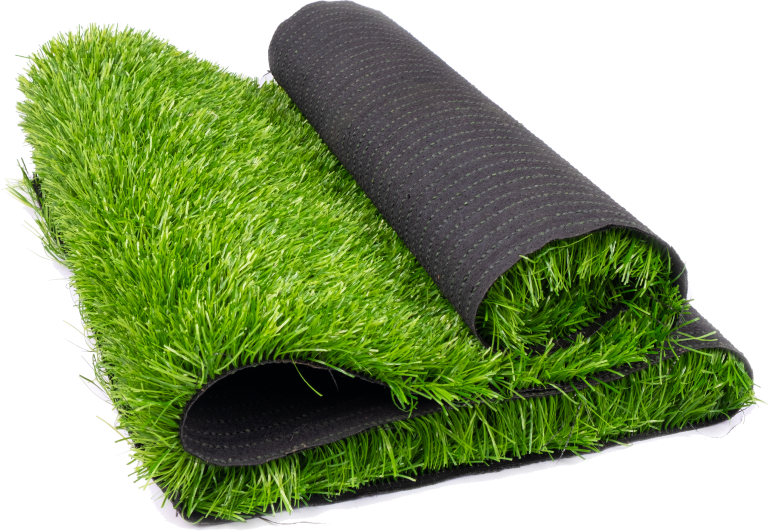So, you finally did it. You have decided to improve your lawn to make it more attractive. You have an image in your head. You have something that you want to turn into reality. Only one thing remains to be decided – will you use live natural grass or cheap synthetic grass?
Grass plays a big role in landscaping. Depending on size and impact, your turf is the first thing visitors will notice before they even consider other garden decorations. Decision making depends on many factors, which are most important to you.
So how do you decide?
Everything starts with research. The more you know about the specifics of your choice, the sooner you can make a choice. In this post, we will help you determine the strengths and weaknesses of both live natural grass and artificial grass.
Irrigation and watering
Real grass needs regular watering. Depending on the location it may require watering in the morning and evening. Fake grass, on the other hand, needs to be watered from time to time. To be precise, you only need to water the cheap synthetic grass when you want to clean it. It is enough to hold the blade for a few seconds to get rid of the dirt.
Safety and security
With cheap synthetic grass, you never need to use harmful chemicals. This makes it completely safe for you and any child to play. This is why more and more public playgrounds are starting to use fake grass. A real lawn is also a safe choice as long as it is not exposed to any type of health hazards or toxins.
Harvesting and cutting
There is nothing quite like the smell of a freshly cut lawn in the morning. This is an undeniable advantage that natural grass has over fake. In fact, fake grass companies are trying to recreate this scent by spraying it on fake turf. But this smell is sweet to many people, it does more damage to the environment than many people think. According to a Swedish study, operating a lawn mower per hour pollutes the air roughly the equivalent of a 100-mile car ride.
Cost of maintenance
Both natural and artificial lawns require regular maintenance. The main difference is how often you need to do it. Natural grass requires large amounts of water to get rid of dust or mud or other debris stuck to the leaves.
Eco-friendliness
The impact of cheap synthetic grass or natural grass fields on the environment is significant. After all, the environment is essential to our quality of life. Both types of weeds can be harmful and helpful in their own ways. Fake grass is very good because of water saving. Water is one of the most basic natural resources we have. It is important to save as much as possible. The disadvantages of artificial grass are the build-up of pollution by production and the fact that it is not always biodegradable.
Natural grass benefits our environment because it is a living thing. Real grass contributes to the ecosystem by supplying oxygen, filtering out pollutants and absorbing heat. Along with these advantages, natural grass also has some disadvantages. Real grass is often sprayed with insecticides that move with running water and contaminate water systems.
What type of lawn should you choose?
We’ve shared the many benefits of natural grass and cheap synthetic grass, as well as the different costs involved in each. There are variables that cannot be counted because residents come from different climates and may use lawns for different reasons. Compared to the above, over time the price of natural grass ends up being the more expensive option.
The initial cost of cheap synthetic grass will be equal to the amount paid to install and maintain a natural grass lawn over three to five years. Despite the high cost of installing artificial grass, you will be able to save money and your local water supply in the long run.
So which option is better? According to statistics, it is artificial grass. But then, the decision is yours. Ultimately, you have to decide what suits your lifestyle and needs.








